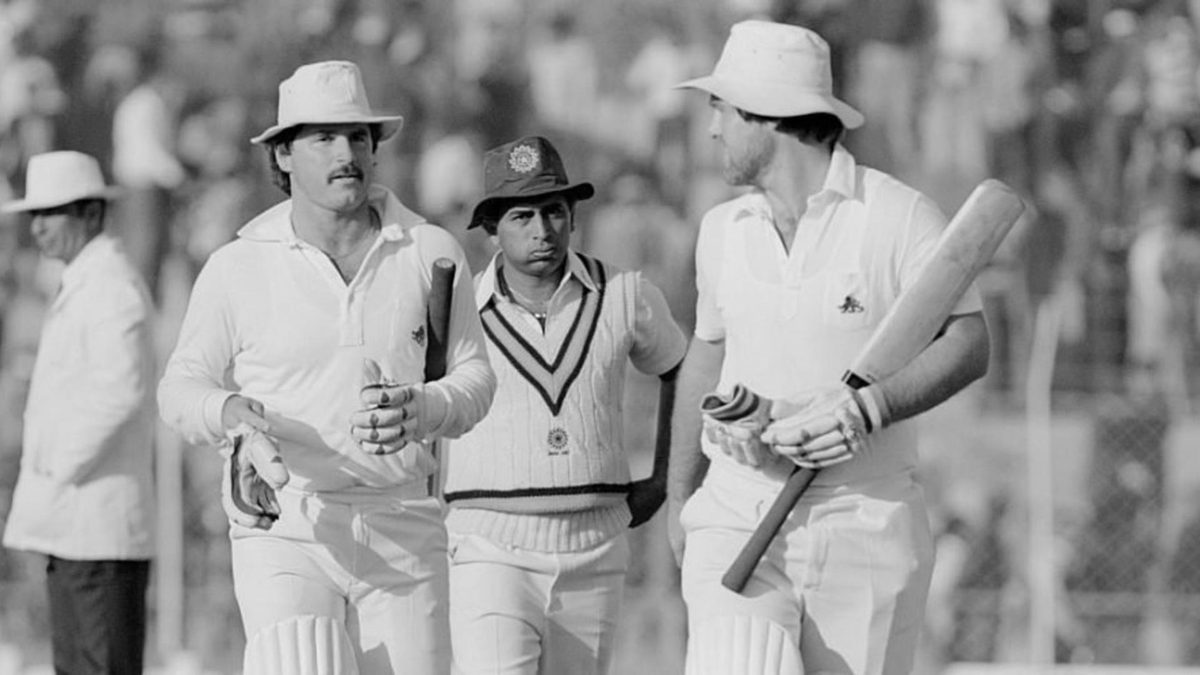
Powered by runs from Graeme Flower and Mike Gatting, and a hat full of wickets from Neil Foster, David Gower’s England came back from an opening defeat in Bombay to script a remarkable turnaround in the five-match series in India in 1984/85.
First published in 2007.
Touching down in India shorn of their talisman Ian Botham, who had elected not to tour, and coming off the back of a 5-0 hiding from the West Indies the previous summer, England were expected to lose, and lose badly.
Within a few hours of the squad’s arrival, Indian Prime Minister Indira Gandhi was assassinated, and riots ensued. Later in the tour, the squad attended a function hosted by the British deputy high commissioner Percy Norris, who was subsequently shot on the eve of the first Test. Rattled, David Gower’s side were beaten comfortably by their hosts in Bombay, and India took a 1-0 lead.
England fought back in the second Test at Delhi, and levelled the series largely thanks to an obstinate 160 from opener Tim Robinson, playing only his second Test, and the efforts of spinners Phil Edmonds and Pat Pocock who took a combined haul of 13 wickets in the match.
The third Test at Calcutta ended in stalemate, although it was distinguished by a century on debut from Mohammad Azharuddin and a typically grinding 111 from Ravi Shastri. Both sides advanced on to Madras for the fourth Test with all to play for.
Presented for the first time all tour with a pitch with some life in it, England overwhelmed India. Neil Foster claimed match figures of 11-163, while Graeme Fowler and Mike Gatting made 201 and 207 respectively, the first and second Englishmen to ever make a double century in India.
With the final Test in the five match series ending in a hard-fought draw, although not before Azharuddin had made his third century in as many Tests, Gower’s side claimed an epic series 2-1 and in the process had become the only England team to come from behind to win in India.








